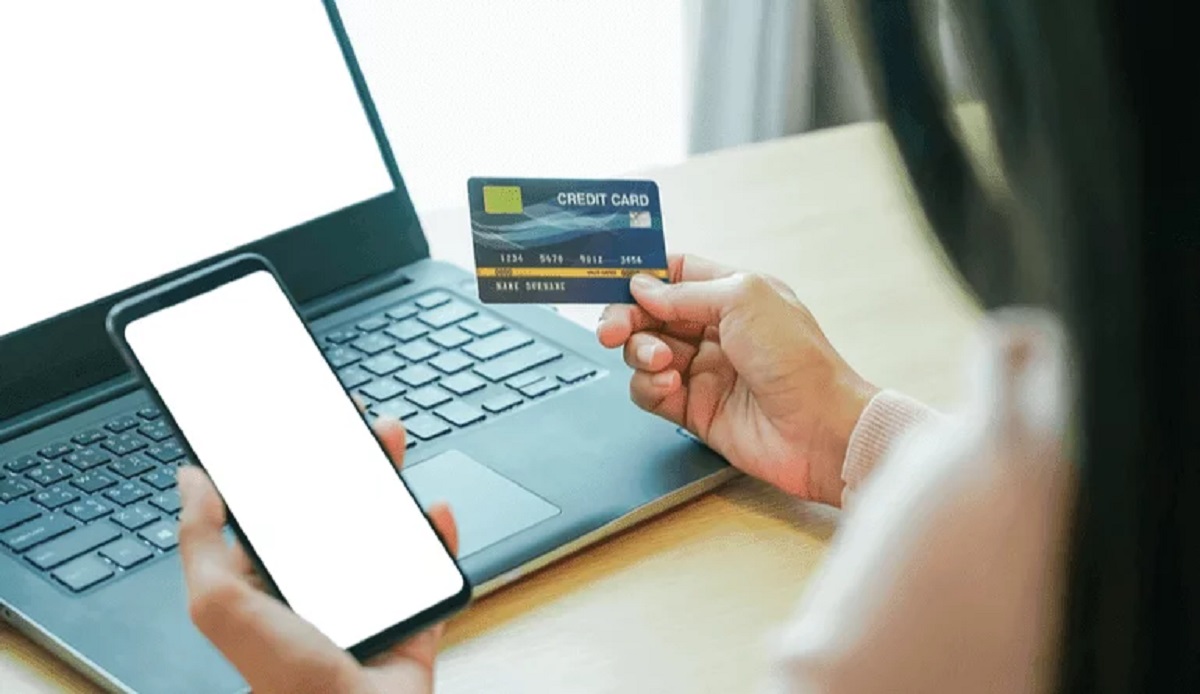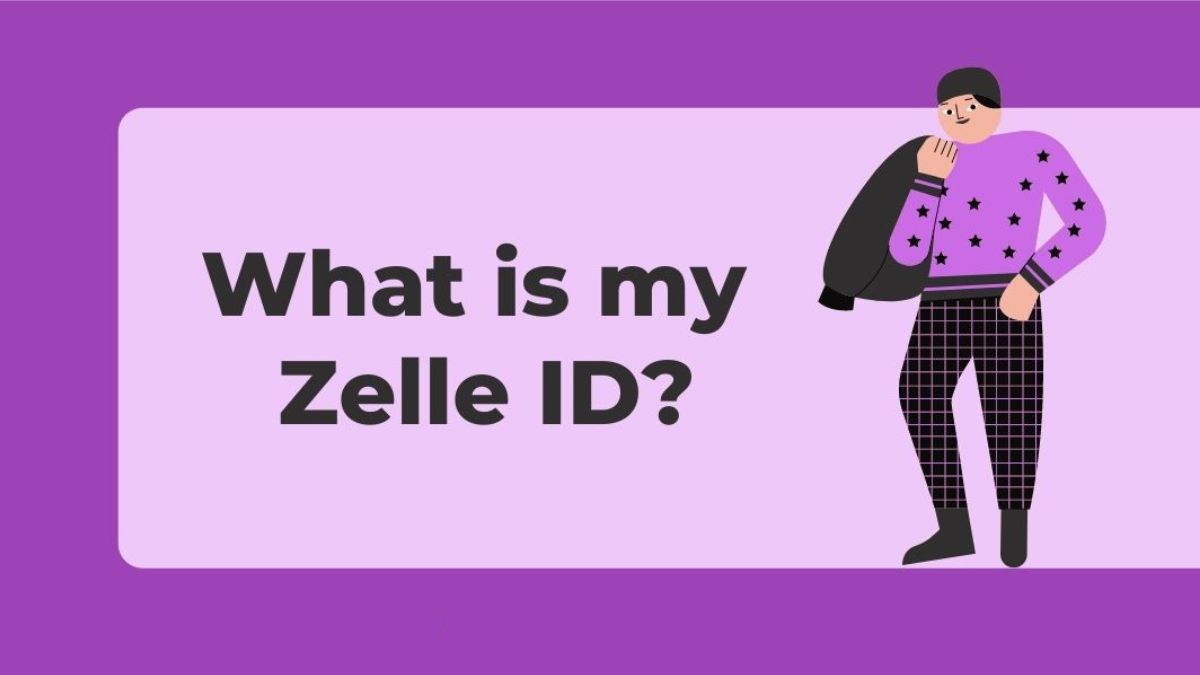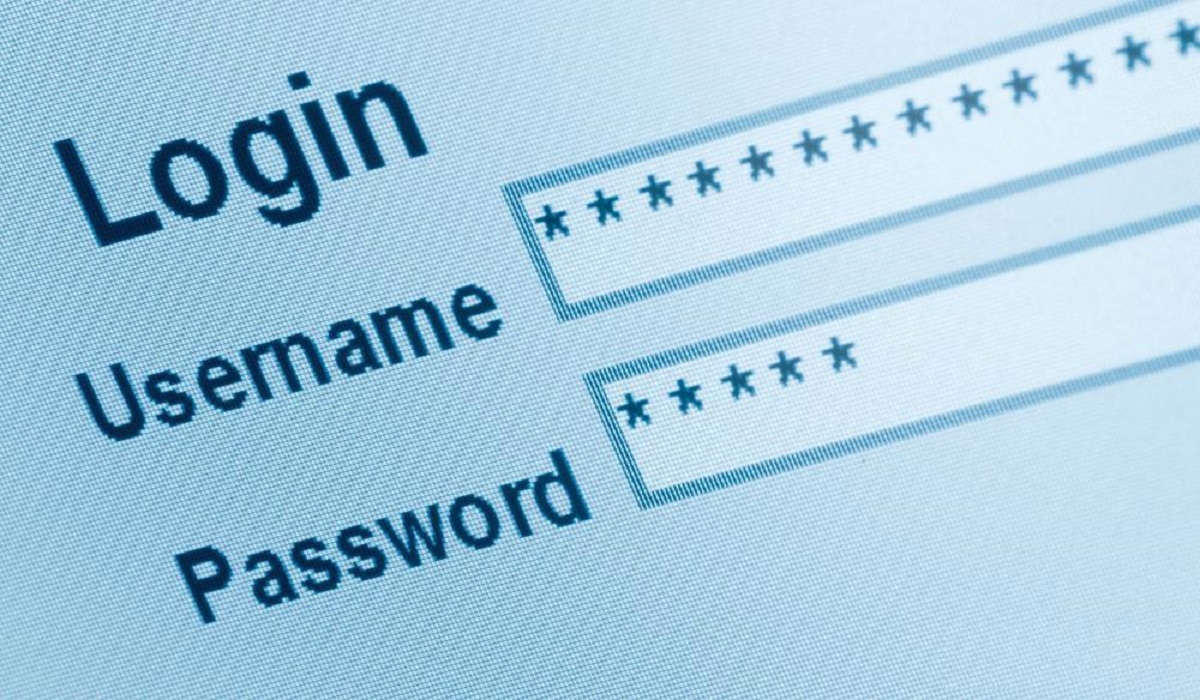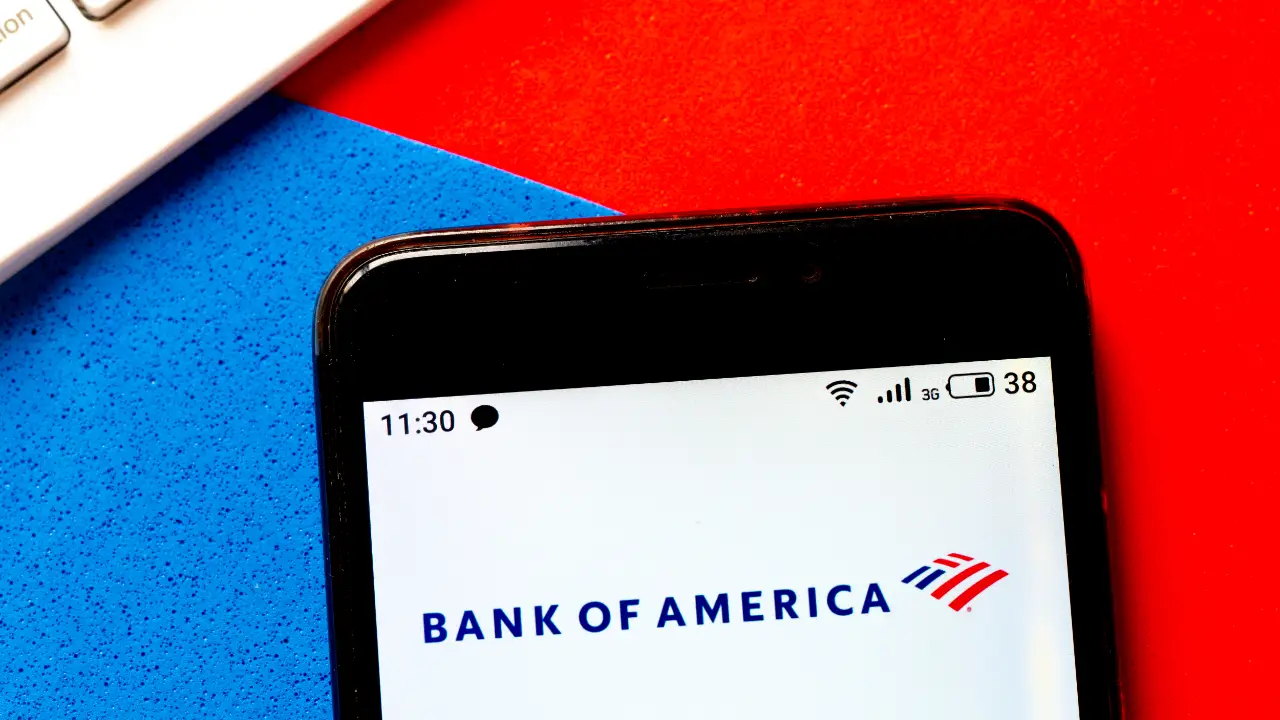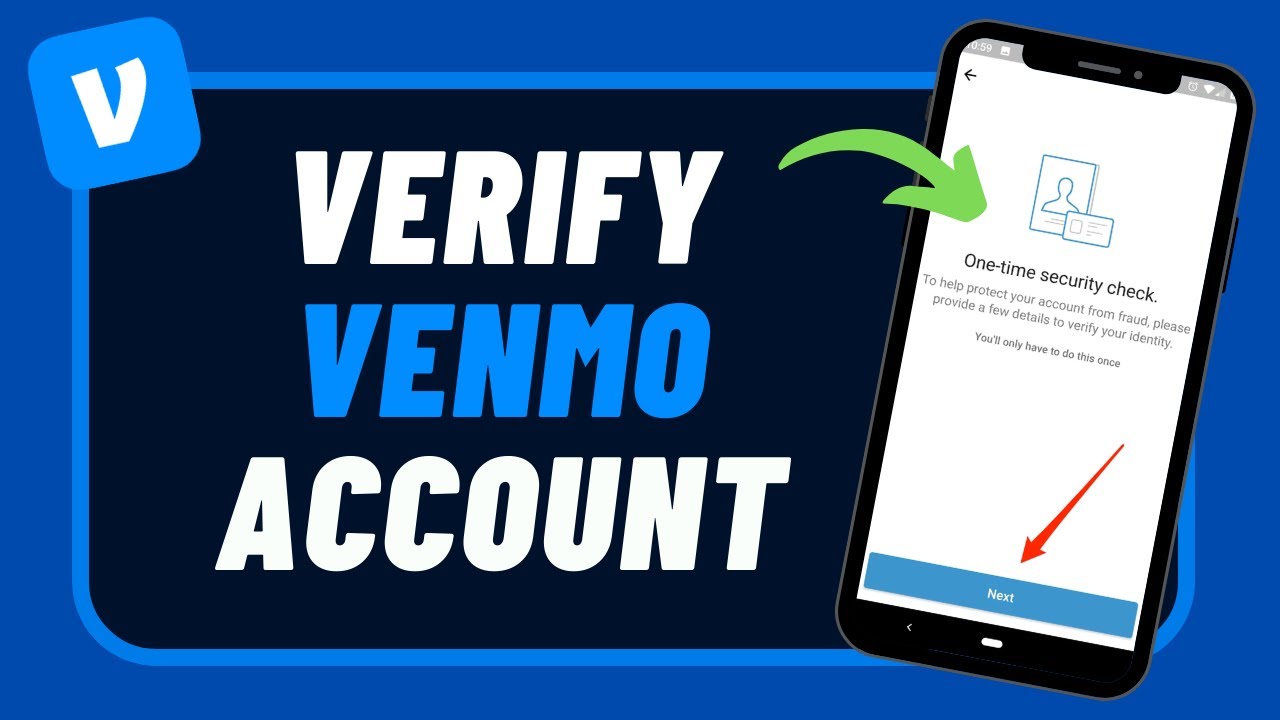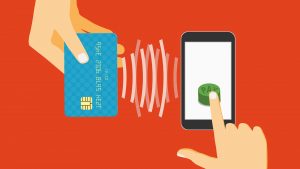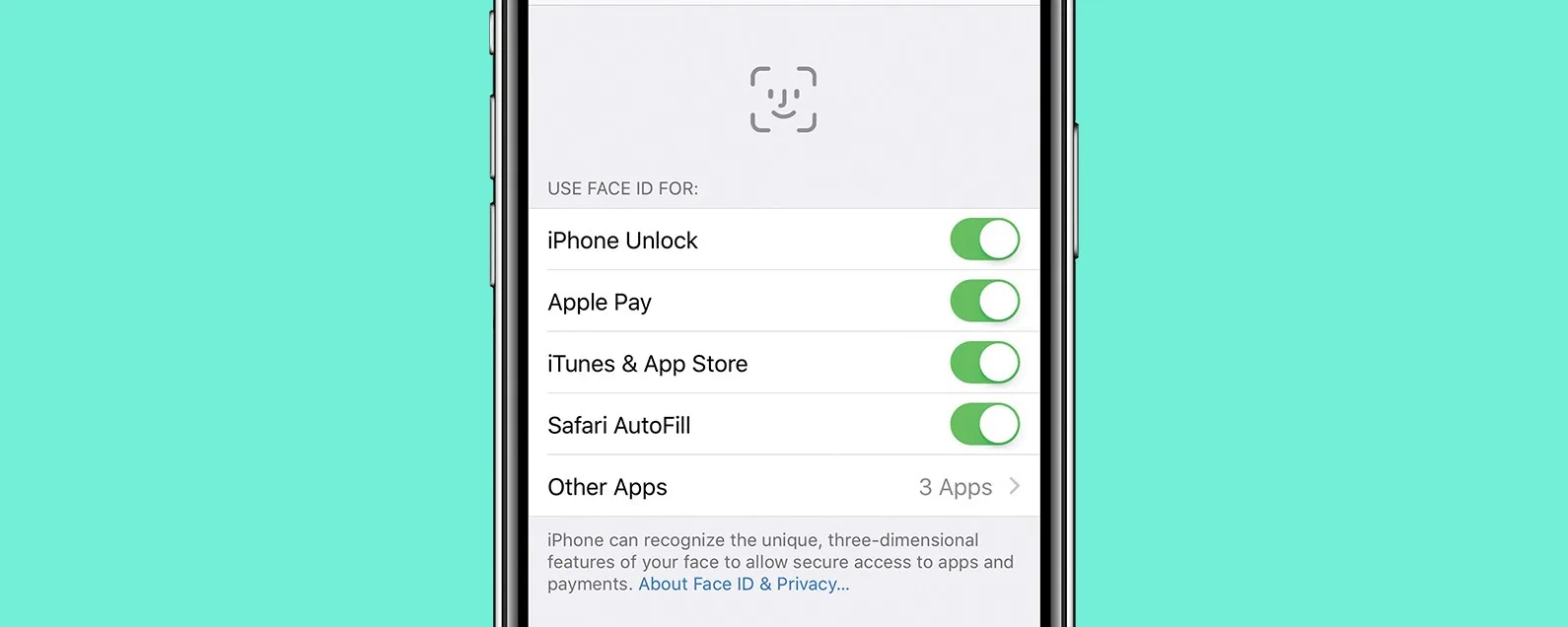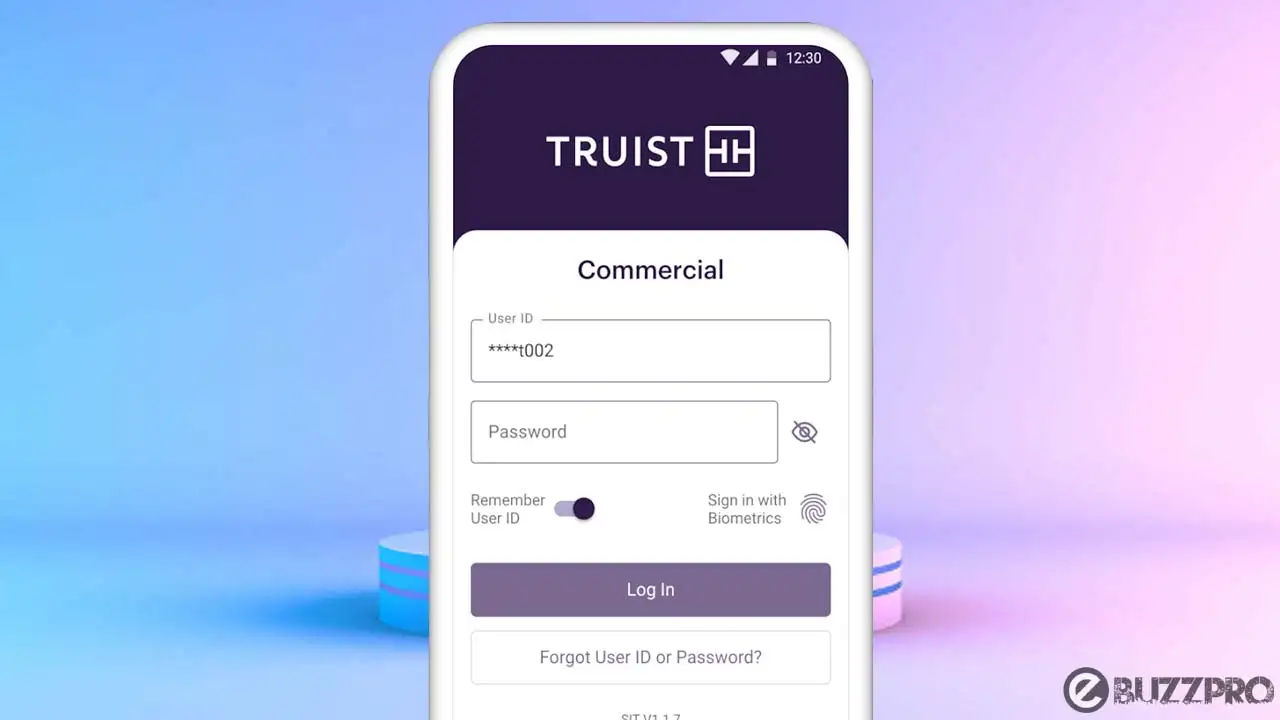Introduction
Welcome to the world of banking IDs! In this digital age, where convenience and security are paramount, banking IDs have become an essential tool for accessing financial services online. Whether you’re managing your accounts, making transactions, or seeking customer support, a banking ID is your passport to a world of financial possibilities.
A banking ID, also known as an online banking username or login credentials, is a unique identifier that grants you access to your banking or financial institution’s digital platform. It acts as a virtual key, allowing you to securely log in to your online banking account from various devices, such as computers, smartphones, or tablets.
With a banking ID, you no longer need to visit physical branches or dial customer service numbers to carry out your banking activities. Instead, you can conveniently perform transactions, check balances, review statements, and manage your finances from anywhere, at any time, with just a few clicks or taps.
The use of banking IDs has revolutionized the banking industry by simplifying and streamlining the way customers interact with their financial institutions. Gone are the days of waiting in long queues or struggling with paperwork. Now, all you need is a secure internet connection and your banking ID to stay in control of your financial affairs.
In this article, we will explore the world of banking IDs in detail. We’ll delve into their definition, how they work, the benefits they offer, and the different types you may encounter. We’ll also provide guidance on setting up and managing your banking ID, as well as highlight important security measures to protect your personal information.
So, whether you’re new to online banking or looking to deepen your understanding of banking IDs, read on to discover how this vital tool can transform your financial journey.
Definition of a Banking ID
A banking ID is a unique identifier that allows individuals to access their online banking accounts with a financial institution. It serves as a login credential, granting users secure entry into their digital banking platform. Think of it as a virtual key that unlocks a world of financial services, allowing users to manage their accounts, make transactions, and access a range of banking-related features.
Typically, a banking ID consists of a username and a password. The username is a chosen identifier selected by the account holder, while the password is a confidential combination of characters that must be entered correctly to gain access. Some financial institutions may also require additional forms of authentication, such as security questions, fingerprint recognition, or two-factor authentication, to further enhance security.
It’s essential to note that a banking ID is unique to each individual and should never be shared or disclosed to anyone else. It acts as a personal identification method, ensuring that only authorized individuals can access the associated banking services. By safeguarding your banking ID, you protect your financial information, reduce the risk of unauthorized access, and maintain the privacy of your online banking activities.
Banking IDs are designed to be user-friendly and convenient. Once you have created your ID and set up your login credentials, you can use it to access your online banking account from any device with an internet connection. This flexibility allows you to manage your finances on the go, giving you the freedom to bank when and where it suits you best.
In the next sections, we will explore how a banking ID works and the benefits it provides to individuals in their everyday banking needs.
How Does a Banking ID Work?
A banking ID acts as a secure gateway that connects individuals to their online banking accounts. Let’s take a closer look at how this process works:
1. Registration: To get started, you need to register for online banking with your financial institution. During the registration process, you will be asked to provide personal information such as your name, address, and contact details. You will also create a unique banking ID, which typically involves choosing a username and setting a password.
2. Secure Login: Once you have registered and set up your banking ID, you can log in to your online banking account. Simply enter your username and password on the financial institution’s website or mobile app. Some institutions may have additional security measures in place, such as multi-factor authentication, to ensure the integrity of the login process.
3. Account Access: After successfully logging in, you will gain access to your online banking account. Here, you can view your account balances, transaction history, and other account details. You can also utilize various banking services, such as transferring funds, paying bills, and setting up automatic payments.
4. Security Measures: Banking IDs are designed with robust security measures to protect your sensitive information. Encryption technology is often employed to secure the transmission of data between your device and the financial institution’s servers. Additionally, many institutions use sophisticated fraud detection systems to monitor and prevent unauthorized access to accounts.
5. Multiple Devices: One of the advantages of a banking ID is the ability to access your accounts from multiple devices. Whether you’re using a computer, smartphone, or tablet, you can log in to your online banking account seamlessly. Be sure to adhere to best practices for device security, such as using secure Wi-Fi networks and keeping your devices updated with the latest security patches.
6. Logging Out: When you’re finished with your online banking activities, it’s important to log out of your account. This ensures that your session is properly closed and helps prevent unauthorized access in case your device is lost or stolen.
By understanding how a banking ID works, you can make the most of your online banking experience. It empowers you with convenient access to your accounts while maintaining the highest level of security.
Benefits of Using a Banking ID
Using a banking ID for online banking offers numerous benefits that enhance the overall banking experience. Let’s explore some of these advantages:
1. Convenience: Online banking with a banking ID allows you to access your accounts anytime and anywhere. You no longer have to visit a physical branch during specific hours or wait in long queues. With just a few clicks or taps, you can perform various banking activities, such as checking balances, transferring funds, and paying bills, at your own convenience.
2. Time-Saving: Traditional banking methods often involve paperwork and manual processes, which can be time-consuming. With a banking ID, you can complete transactions and manage your accounts in a fraction of the time. Furthermore, many financial institutions offer features like automatic bill payments and transaction history, saving you valuable time on administrative tasks.
3. Accessibility: Whether you’re in your hometown or traveling abroad, a banking ID ensures access to your accounts with a few simple login steps. As long as you have an internet connection, you can stay on top of your finances, make important transactions, and stay informed about your account activity from anywhere in the world.
4. Enhanced Security: Banking IDs incorporate robust security measures to protect your sensitive information. Encryption technology secures the transmission of data, and additional security features like multi-factor authentication add an extra layer of protection. By using a banking ID, you can have peace of mind knowing that your financial information is safeguarded.
5. Real-Time Updates: Online banking platforms provide real-time updates on your account balances and transactions. You can instantly see the impact of transactions, track spending, and monitor your financial health without delay. This timely information allows you to make informed decisions regarding your finances and helps you stay in control of your money.
6. Eco-Friendly: Online banking reduces the need for paper statements, checks, and other physical documents, contributing to a more sustainable approach. By opting for electronic statements and digital transactions, you can minimize paper waste and contribute to environmental preservation.
7. Customer Support: Many online banking platforms offer customer support services, so you can seek assistance or resolve issues without physically visiting a branch. Whether it’s through live chat, phone support, or email, you can receive prompt help from the comfort of your own home.
Using a banking ID provides a range of benefits that make managing your finances more convenient, efficient, and secure. It empowers you to take control of your money and simplifies your banking transactions in today’s fast-paced digital world.
Common Types of Banking IDs
Banking IDs can come in various forms, depending on the financial institution and the specific online banking platform. Here are some common types of banking IDs:
1. Username and Password: This is the most basic type of banking ID and consists of a unique username and password combination. The username is typically chosen by the account holder and serves as a personalized identifier. The password, on the other hand, is a confidential combination of characters that must be entered correctly to log in.
2. Email Address: Some financial institutions allow users to log in to their online banking accounts using their registered email address as the banking ID. This email-based ID offers convenience, as it is typically easy to remember and readily accessible.
3. User ID: In certain cases, financial institutions may assign a specific user ID to their customers. This user ID, which is often unique to each individual, serves as the banking ID for logging in to the online banking platform.
4. Mobile Number: Mobile banking has gained significant popularity, and some institutions offer mobile apps that allow customers to access their accounts. In such cases, the customer’s mobile number may serve as the banking ID, providing a seamless and convenient login experience.
5. Social Media or Google Accounts: Some forward-thinking financial institutions offer the option to log in to online banking platforms using existing social media or Google accounts. This eliminates the need to create a separate banking ID and allows users to leverage their existing credentials for quick and easy access.
It’s important to note that the specific types of banking IDs offered by a financial institution may vary. It’s recommended to check with your bank or credit union to understand the options available for creating and using a banking ID for their specific online banking platform.
Regardless of the type of banking ID used, it is crucial to keep it secure and protect it from unauthorized access. Avoid sharing your banking ID with anyone and regularly update your password to maintain the highest level of security.
Now that we’ve explored the common types of banking IDs, let’s move on to the next section, where we will guide you on how to set up a banking ID for online banking.
How to Set Up a Banking ID
Setting up a banking ID for online banking is typically a straightforward process. While the specific steps may vary depending on the financial institution, here are some general guidelines to help you get started:
1. Visit the Bank’s Website: Start by visiting the official website of your financial institution. Look for the “Sign Up” or “Register” button/link to begin the registration process for online banking.
2. Provide Personal Information: You will be asked to provide personal information to verify your identity. This may include your full name, date of birth, address, social security number, and contact details. Follow the instructions provided and enter the information accurately.
3. Create a Username: Choose a unique and memorable username for your banking ID. Avoid using easily guessable information such as your name or birthdate. A strong username can help enhance the security of your online banking account.
4. Set a Strong Password: Create a strong password that includes a combination of uppercase and lowercase letters, numbers, and special characters. Avoid using common passwords or sequences, and never use the same password for multiple accounts. A strong password is vital to protect your online banking account from unauthorized access.
5. Additional Authentication Steps: Some financial institutions may have additional security measures in place, such as security questions or two-factor authentication. Follow the prompts and set up these additional layers of protection to enhance the security of your online banking account.
6. Review Terms and Conditions: Read and review the terms and conditions of using the online banking services. Familiarize yourself with the policies, fees, and any limitations associated with your online banking account.
7. Complete the Registration Process: Once you have provided all the required information and agreed to the terms and conditions, submit your registration. The financial institution may require a verification process, which could involve sending a verification code to your registered email or phone number. Follow the provided instructions to complete the verification.
8. Set Up Mobile or Online Banking App: If your financial institution has a mobile banking app, download and install it on your smartphone or tablet. Log in using your newly created banking ID to access your accounts on the go.
By following these steps, you can successfully set up a banking ID for online banking. Remember to keep your banking ID and login credentials confidential and never share them with anyone. Regularly monitor your accounts for any suspicious activity and report any concerns to your financial institution immediately.
In the next section, we will discuss important security measures to protect your banking ID and online banking activities.
Security Measures for Banking IDs
As online banking continues to evolve, ensuring the security of your banking ID and online banking activities is of utmost importance. Financial institutions implement various security measures to protect your sensitive information. Here are some key security measures for banking IDs:
1. Strong Passwords: Create a strong and unique password for your banking ID. Use a combination of uppercase and lowercase letters, numbers, and special characters. Avoid using easily guessable information or common passwords. Regularly update your password and never use the same password for multiple accounts.
2. Two-Factor Authentication (2FA): Consider enabling two-factor authentication for your online banking account. This adds an extra layer of security by requiring a second method of verification, such as a unique code sent to your mobile device, in addition to the password.
3. Secure Internet Connection: Always use a secure internet connection when accessing your online banking account. Avoid using public Wi-Fi networks, as they may be susceptible to hacking attempts. Instead, use a trusted and secure network or consider using a virtual private network (VPN) to encrypt your internet connection.
4. Regularly Monitor Your Account: Keep a close eye on your online banking transactions and account activity. Check for any unauthorized or suspicious transactions and report them to your financial institution immediately. Promptly review and reconcile your account statements to ensure accuracy.
5. Be Cautious of Phishing Attempts: Be aware of phishing scams, where fraudsters attempt to obtain your banking ID and personal information through deceptive emails, messages, or calls. Avoid clicking on suspicious links or sharing personal information unless you are certain of the source’s authenticity. Always verify the legitimacy of any communication with your financial institution directly.
6. Keep Software Up to Date: Regularly update your operating system, antivirus software, and web browsers to the latest versions. These updates often contain essential security patches that help protect against emerging threats and vulnerabilities.
7. Avoid Sharing Banking ID: Never share your banking ID, password, or any other sensitive information with anyone. Financial institutions will never request such information through unsolicited emails, messages, or calls. Your banking ID is personal and should only be used by you.
8. Logout Properly: After completing your online banking activities, always log out of your account properly. Ensure that you close the browser or app session to prevent unauthorized access to your account.
By following these security measures, you can significantly reduce the risk of unauthorized access and protect your online banking activities. Remember, staying vigilant and proactive is key to maintaining the security of your banking ID and personal information.
Now that we’ve explored security measures, let’s move on to the next section where we’ll answer some frequently asked questions about banking IDs.
Frequently Asked Questions about Banking IDs
Here are some commonly asked questions about banking IDs:
1. What if I forget my banking ID or password?
If you forget your banking ID or password, most financial institutions have a password recovery process in place. This usually involves answering security questions, providing personal information, or contacting customer support to verify your identity and regain access to your account.
2. Can I use the same banking ID for multiple accounts?
In most cases, you will need to create a unique banking ID for each account you have with your financial institution. This helps ensure the security and privacy of your individual accounts.
3. How often should I change my banking ID password?
It is recommended to change your banking ID password regularly, ideally every few months. Regular password changes help protect against unauthorized access. Additionally, change your password immediately if you suspect it has been compromised.
4. Are banking IDs secure?
Financial institutions prioritize the security of their online banking platforms. They employ various security measures such as encryption, two-factor authentication, and sophisticated fraud detection systems to ensure the safety and integrity of banking IDs and customer information. However, it is crucial to follow best practices, such as using strong passwords and keeping your login credentials confidential, to further enhance security.
5. Can I access my banking ID from different devices?
Yes, one of the benefits of a banking ID is the ability to access your online banking account from multiple devices. Whether you’re using a computer, smartphone, or tablet, as long as you have an internet connection, you can log in to your account securely.
6. Can someone else use my banking ID to access my account?
No, your banking ID is personal and should never be shared with anyone. It is your unique identifier to access your online banking account. Sharing your banking ID or login credentials can lead to unauthorized access and compromise the security of your account.
7. Can I change my banking ID?
If you wish to change your banking ID, you will need to contact your financial institution. Some institutions may allow you to update your banking ID or create a new one, while others may require you to open a new account with a different ID.
8. What should I do if I suspect unauthorized activity on my account?
If you notice any unauthorized activity or suspect that your account has been compromised, contact your financial institution immediately. They will guide you through the necessary steps to secure your account and investigate the situation.
Remember, if you have any specific questions or concerns regarding your banking ID, it is best to reach out to your financial institution directly for accurate and personalized information.
With these common questions addressed, let’s conclude our exploration of banking IDs, their benefits, and security measures.
Conclusion
Banking IDs have transformed the way we manage our finances, providing convenient and secure access to online banking services. They serve as unique identifiers, granting individuals entry into their digital banking platforms to perform a variety of account-related activities.
In this article, we explored the definition of a banking ID and how it works. We discussed the benefits of using a banking ID, including the convenience of anytime, anywhere access to your accounts, time-saving features, and enhanced security measures. We also explored common types of banking IDs, such as username and password combinations, email addresses, user IDs, mobile numbers, and even social media or Google accounts.
We also provided guidance on how to set up a banking ID, highlighting the importance of choosing strong passwords, enabling two-factor authentication, using secure internet connections, and regularly monitoring account activity for potential fraud.
Lastly, we addressed frequently asked questions related to banking IDs, such as password recovery, changing banking IDs, and handling unauthorized activity on accounts.
It’s crucial to remember that while banking IDs provide a convenient way to manage our finances, we must also prioritize security. Safeguarding banking IDs, using strong passwords, and being cautious of phishing attempts are essential practices to protect our personal information and financial well-being.
If you have any specific questions or concerns regarding your banking ID or online banking, it is always best to reach out to your financial institution. They can provide personalized guidance and support to ensure a smooth and secure online banking experience.
As technology continues to advance, banking IDs will keep evolving to meet the demands of an increasingly digital world. Embracing and understanding the power of banking IDs empowers individuals to take control of their financial lives while enjoying the convenience and security that modern online banking provides.







